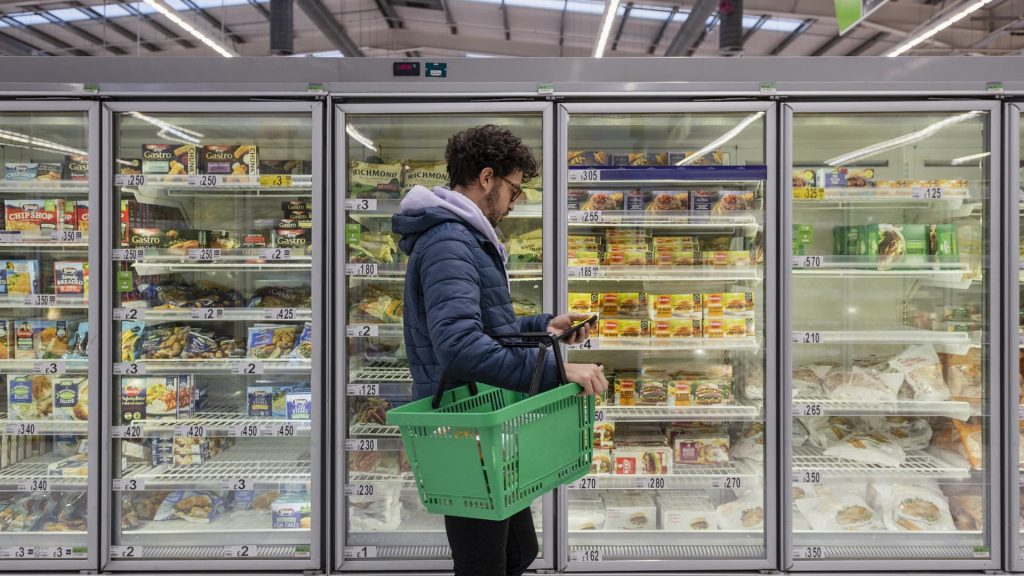U.K. inflation fell to 2.3% in April, the Office for National Statistics said on Wednesday, coming closer to the Bank of England’s target rate even while missing expectations.
The headline reading declined from 3.2% in March, but economists polled by Reuters had expected a steeper drop to 2.1%.
Core inflation, excluding energy, food, alcohol and tobacco, dipped to 3.9% in April from 4.2% in March.
Investors are keenly watching the print, after BOE policymakers indicated they would be willing to cut interest rates some time in the summer, but stressed that the timing will depend on fresh data.
Services inflation, a key measure being watched by the BOE, eased only slightly to 5.9% from 6% — also missing a forecast of 5.5% from the British central bank.
The British pound traded higher following the print, up 0.3% against both the U.S. dollar and the euro.
Next rate cut
Paul Dales, chief U.K. economist at Capital Economics, said the inflation data “makes a June rate cut unlikely and casts some doubt over August too.”
That is particularly due to the high services figure, Dales said in a note, which “suggests the persistence in domestic inflation is fading even slower than the BOE had assumed.”
U.K. Prime Minister Rishi Sunak said on social platform X that “inflation is back to where it should be.”
Sunak’s ruling Conservative Party has been hoping for signs of an improving economic environment, as it lags in the polls ahead of a national election that must take place before the end of January 2025. The U.K. economy exited a shallow recession in the first quarter of the year, recording 0.6% growth.
BOE Governor Andrew Bailey has stressed that the central bank will remain politically independent in deciding the timeline of the next rate cut, irrespective of the forthcoming election.
Read the full article here




